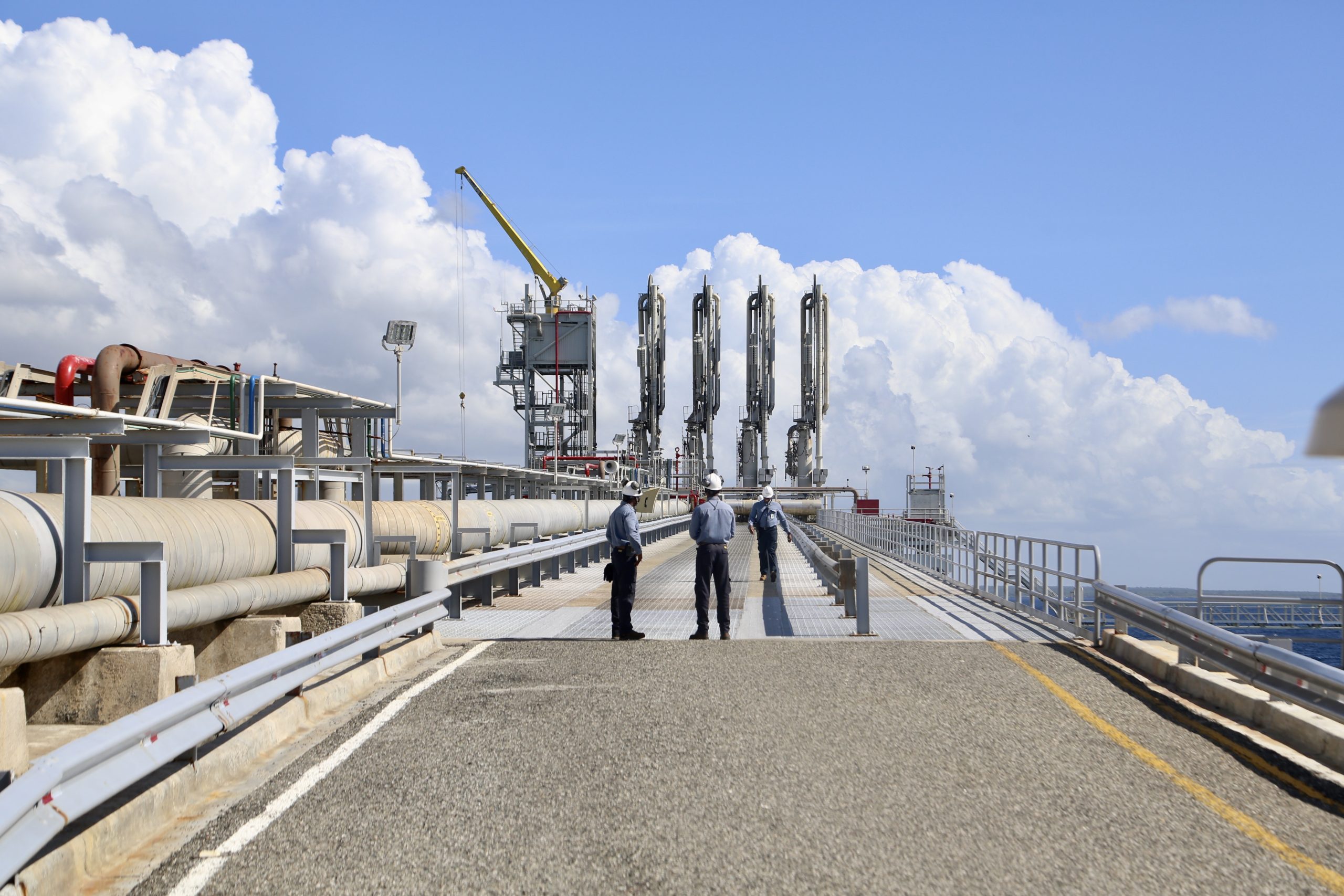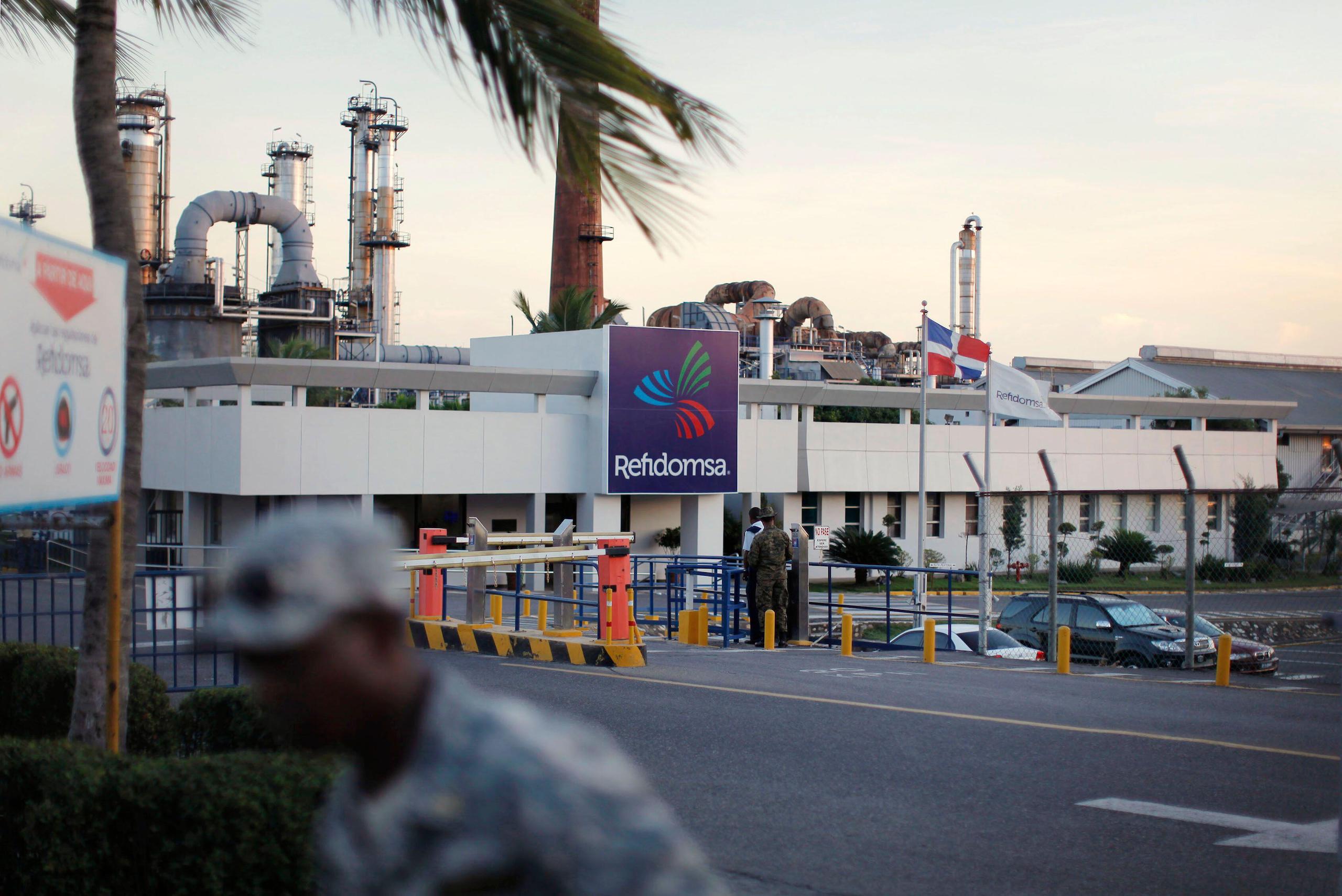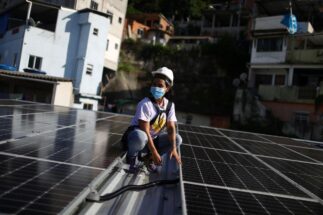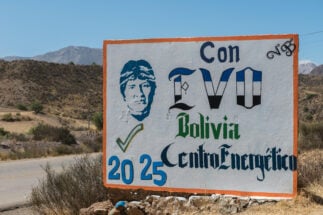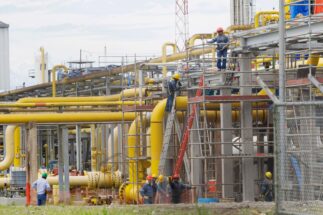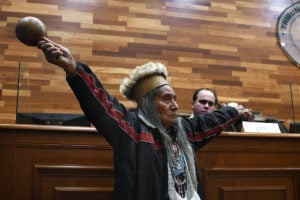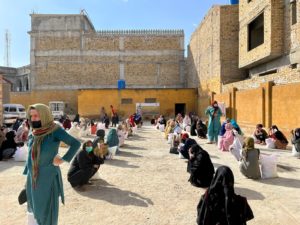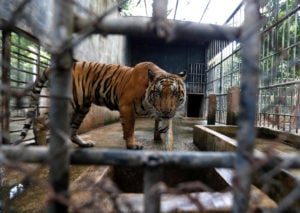In the Dominican Republic, as in many other countries in Latin America, natural gas has been regularly pitched as a “bridge fuel” in the transition from fossil fuels to renewable energy.
Though less polluting than coal or oil, natural gas is itself a fossil fuel and, when burned, also emits greenhouse gases such as methane that drive global warming. Its effectiveness in tackling the climate crisis has therefore been widely called into question.
Nonetheless, the Caribbean country has in recent years looked to convert a number of its oil-fired electricity plants to natural gas. The Dominican Republic’s installed capacity of natural gas generation has increased from 555 megawatts (MW) in 2011 to 939 MW in 2023, and gas regularly accounts for nearly half of all energy generated.
The government currently plans to continue this expansion. Last December, the country’s president, Luis Abinader, opened construction works of the Manzanillo gas project, which is set to be the largest such facility in the country and among the largest in the region. Located in the northwest of the country, and valued at some US$1.75 billion, the project consists of two natural gas plants of 420 MW each, a storage tank and a seven-kilometre gas pipeline.
The president also recently signed an agreement with his Ecuadorian counterpart, Guillermo Lasso, to explore efforts to coordinate exploitation of gas reserves.
To date, the Dominican Republic has managed to transform more than 800 MW of oil-fired generation capacity to natural gas, which, according to official reports, has generated economic and environmental “benefits” as it has contributed to “a significant reduction in emissions”.
Emissions, however, have not decreased. On the contrary, from 2012 to 2018 (the most recent data available) the Dominican Republic’s overall greenhouse gas releases increased, according to data from the Coordinating Body (OC) of the country’s national grid.
A study by the German Agency for International Cooperation (GIZ), a development agency that has supported energy projects in the Dominican Republic, noted that emissions intensity – the amount of CO2 released per unit of energy produced – “has decreased slightly”, which can be attributed to the shift to natural gas and an increase in renewable energy capacity.
Risks of the natural gas shift
While the transition to natural gas has reduced emissions intensity, its effectiveness in meeting the targets of the Paris Agreement has been called into question, and greater emphasis is now being placed on the need to transition more quickly to renewables and other clean alternatives.
A 2020 report from the United Nations Environment Programme on decarbonisation in Latin American and the Caribbean stated that the arguments in favour of new investments in natural gas are questionable, deeming them to no longer be competitive. This has been compounded by the impact of Russia’s invasion of Ukraine, which led to shortages and prices “never seen before”, according to the International Energy Agency (IEA) in its World Energy Outlook 2022.
“One of the effects of Russia’s actions is that the era of rapid growth in natural gas demand draws to a close,” the IEA said. “The outlook for gas is dampened by higher near-term prices; more rapid deployment of heat pumps and other efficiency measures; [and] higher renewables deployment and a faster uptake of other flexibility options in the power sector.”
The Dominican Republic has felt the effects of this situation. At the end of 2022, the Minister of Energy and Mines, Antonio Almonte, acknowledged in an interview that the country has struggled to keep up with the increased global price of gas. Preliminary data from the Central Bank of the Dominican Republic (BCRD) indicate that the cost of natural gas doubled between January and September 2022, and that the country spent US$649 million on imports.
Amid these challenges, Almonte said that the country must increase its storage capacity and move to rapidly expand generation from renewable energy, which by 2022 represented 16.1% of the energy matrix.
According to Statista data, global natural gas production has increased by almost 60% over the last two decades, though its growth has begun to slow in developing economies, especially in South and Southeast Asia.
Though heavily influenced by its cutting of supplies from Russia, Europe, too, has implemented stricter policies that move away from gas. All this puts a dent in its credentials as a “transition fuel”, the IEA report says.
What are the alternatives?
Clemens Findeisen, director of GIZ’s energy transition programme in the Dominican Republic, said that the country is making great strides in reducing dependence on fossil fuels and even suggested that the country is a “leader” on clean energy in the Caribbean.
However, he added that a focus on natural gas could slow down the growth of renewable energy in the Dominican Republic. The country has set a target for renewables to reach 25% of power generation by 2025.
Another drawback of relying on natural gas, Findeisen added, is the risk of electricity generation being impacted by geopolitical events, further underscoring the need to explore other alternatives and scale up renewable energy in the country.
Eleuterio Martínez, president of the Academy of Sciences of the Dominican Republic (ACRD), struck a similar note to Findeisen. He said that although natural gas is in some ways less harmful to the environment than other fossil fuels, the “real” energy transition is to move to solar and wind energy, adding that these are sources with “great potential” and are “what we should bet on”.
A 2016 study by the International Renewable Energy Agency (IRENA) analysed renewable energy potential in the Dominican Republic, and identified a scenario in which the country could increase renewables’ share in power generation to 44% by 2030. This would primarily be realised through increases in photovoltaic solar, wind and biomass capacity, but would rely on various investment and policy decisions being taken.
Alan Ramírez Risk, technical director of the National Council for Climate Change and Clean Development Mechanism (CNCCMDL), said that the country has not achieved a greater share for renewable energy because the electricity transmission system was not ready when the transition began.
“It’s not automatic that you put up a panel and can inject power into the grid, it’s a process,” Ramírez said. “That took time, and it’s what has delayed the transition. If that had happened in a more organic way, perhaps we would be beyond 30% or 35% for renewable energy’s share.”
Ramírez said that the current prices of renewable energy equipment and the existence of storage technologies will allow the transition to proceed faster. But he also expressed support for investments in natural gas, arguing that because its emissions are “substantially lower” it is a “climate-acceptable” action.
Another alternative energy gaining increasing attention is green hydrogen, which a GIZ analysis identified as a fuel that could help the Dominican Republic towards carbon neutrality.
Despite short-term support for natural gas from some officials, including Ramírez, studies such as those from the UNEP and IEA continue to indicate that the path to decarbonisation will not be paved by fossil fuels – and that, like all its neighbours, the Dominican Republic will need to double down its efforts to increase its renewable energy capacity.
This article was originally produced for Climate Tracker Latin America; it is republished here with permission.
